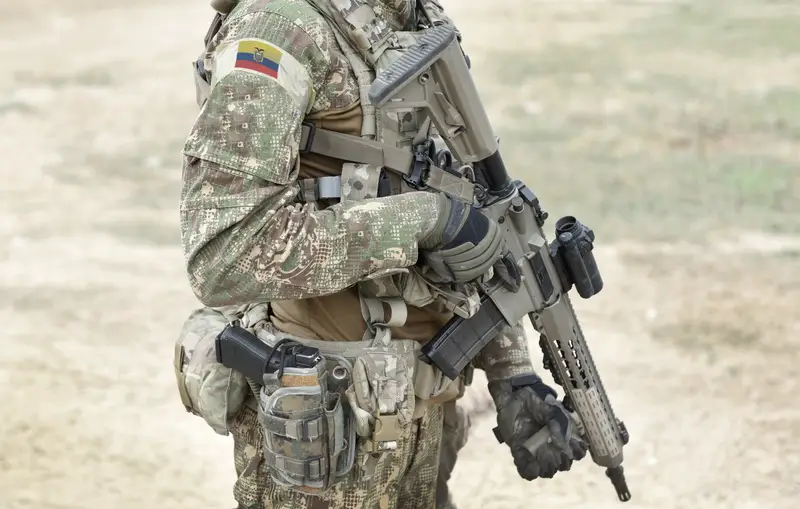A deadly prison riot at a facility in Machala, Ecuador, left 31 inmates dead on Sunday, November 9, marking the latest outbreak of violence in one of Latin America’s most troubled prison systems.
Ecuador’s SNAI prison authority reported that 27 inmates died of asphyxiation and hanging, while four others died of unspecified causes during the violence at the Machala prison in El Oro province. Reports indicate that at least 30 inmates were injured, along with one police officer.
The riot erupted around 3 a.m. local time as authorities prepared to transfer inmates to a new maximum-security facility in another province. Elite police teams moved in immediately and regained control of the prison following the disturbance.
The violence represents the second major incident at the same facility in less than two months. In September, 14 inmates died at the Machala prison in what authorities attributed to gang conflicts. Days after that incident, another 17 people were killed in a prison riot in Esmeraldas, a northern city near the border with Colombia.
Ecuador’s prisons have become among the deadliest in Latin America as overcrowding, corruption, and weak state control have allowed gangs connected to drug traffickers in Colombia and Mexico to operate with relative impunity. The facilities have become battlegrounds for criminal organizations fighting for dominance over drug export routes and territorial control within the country.
More than 500 people have died in prison riots across Ecuador since 2021, underscoring the persistent crisis facing the nation’s correctional system. The scale of violence has made Ecuador’s prisons notorious throughout the region, with authorities struggling to maintain order and prevent organized criminal activity from continuing behind bars.
Last year illustrated the depth of the crisis when 150 prison guards were taken hostage during a series of coordinated riots that erupted simultaneously across multiple facilities. The incidents demonstrated the level of organization and power wielded by criminal groups operating within the prison system.
Authorities attribute the ongoing prison riots and massacres to disputes between criminal gangs vying for control of the facilities. These conflicts extend beyond the prison walls, reflecting broader territorial battles over drug trafficking operations and distribution networks throughout Ecuador.
President Daniel Noboa’s administration has pledged to take a tougher stance on crime and prison violence. In a statement, the SNAI prison authority said the violence broke out over plans for a “reorganization of inmates” to a new maximum-security prison, which sparked Sunday’s riot. The planned transfer represents part of the government’s strategy to regain control of the prison system and separate rival gang members.
The new facility is scheduled to begin operations this month in a different province, designed to house high-risk inmates under stricter security protocols. However, Sunday’s violence demonstrates the challenges authorities face in implementing reforms within a system where inmates often possess smuggled weapons and maintain criminal operations from their cells.
The SNAI prison authority stated it was still working to “fully clarify the facts” surrounding Sunday’s violence, with forensic medical personnel deployed to the scene to verify information and examine the deceased. The agency provided few additional details about the specific circumstances that led to the mass casualties.
The Machala prison, located in southwest Ecuador, houses inmates in a region known for its proximity to drug trafficking routes. The port city’s strategic location has made it a focal point for criminal organizations seeking to control narcotics shipments, a reality that spills over into violence within the prison walls.
The recurring violence at Ecuador’s prisons reflects systemic challenges that extend beyond individual incidents. Weak institutional control, inadequate resources, and the influence of powerful transnational criminal organizations have created conditions where mass casualty events have become increasingly common.
As Ecuador continues to grapple with its prison crisis, Sunday’s riot serves as another reminder of the urgent need for comprehensive reform. The death toll underscores the dangerous conditions facing inmates and staff alike in facilities where gang control often supersedes state authority.











